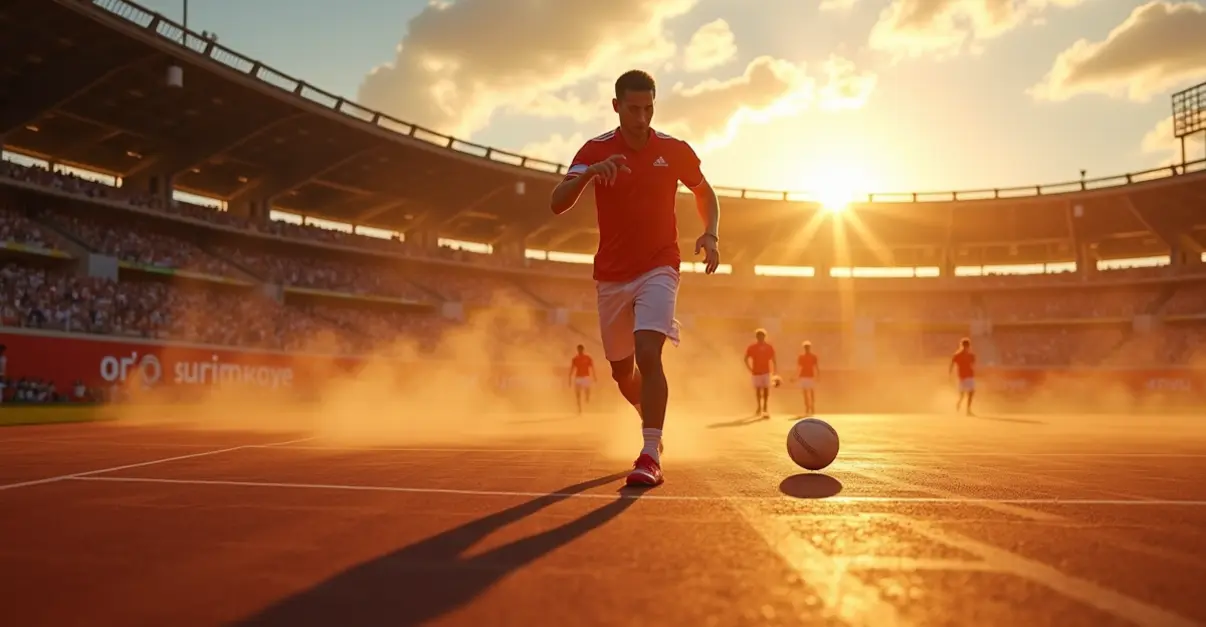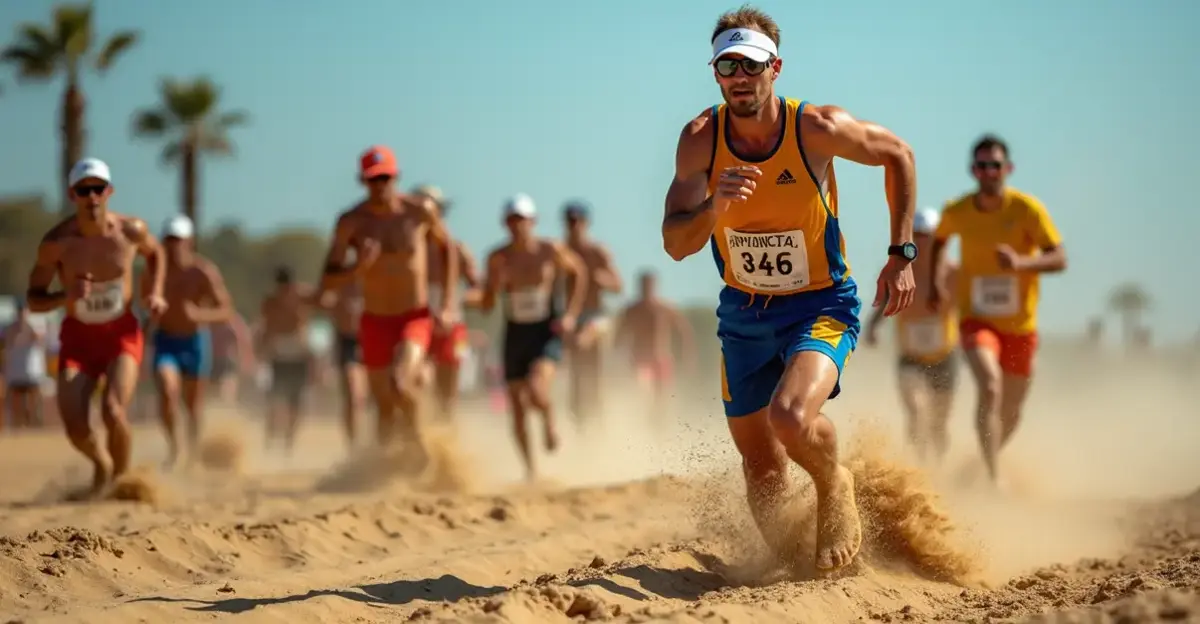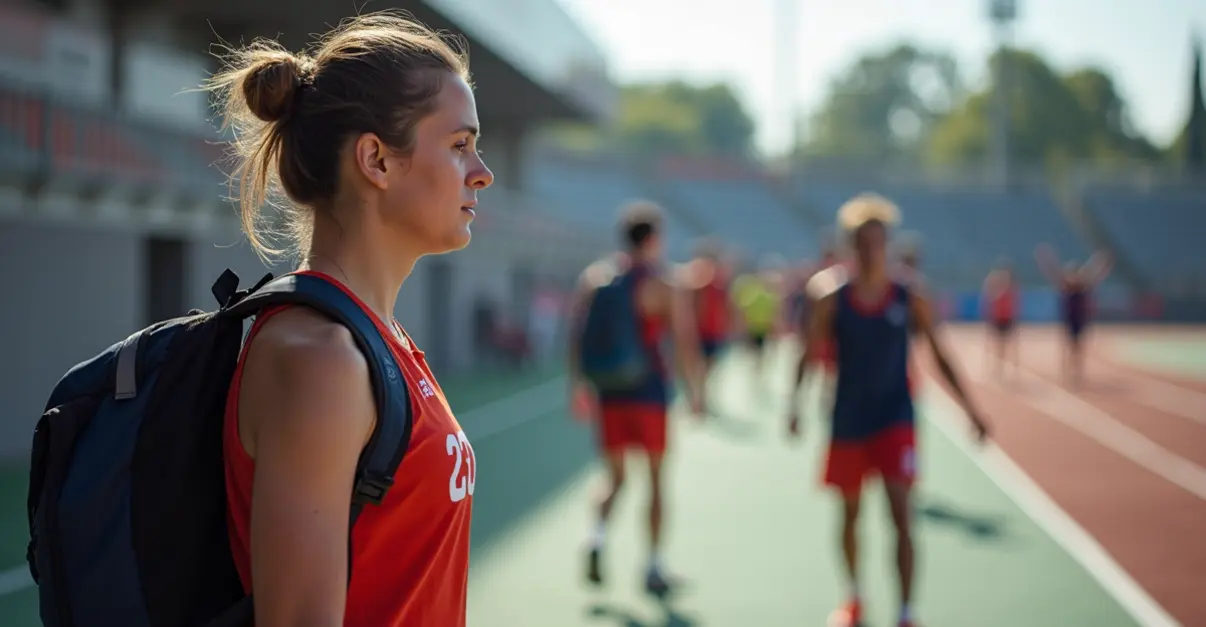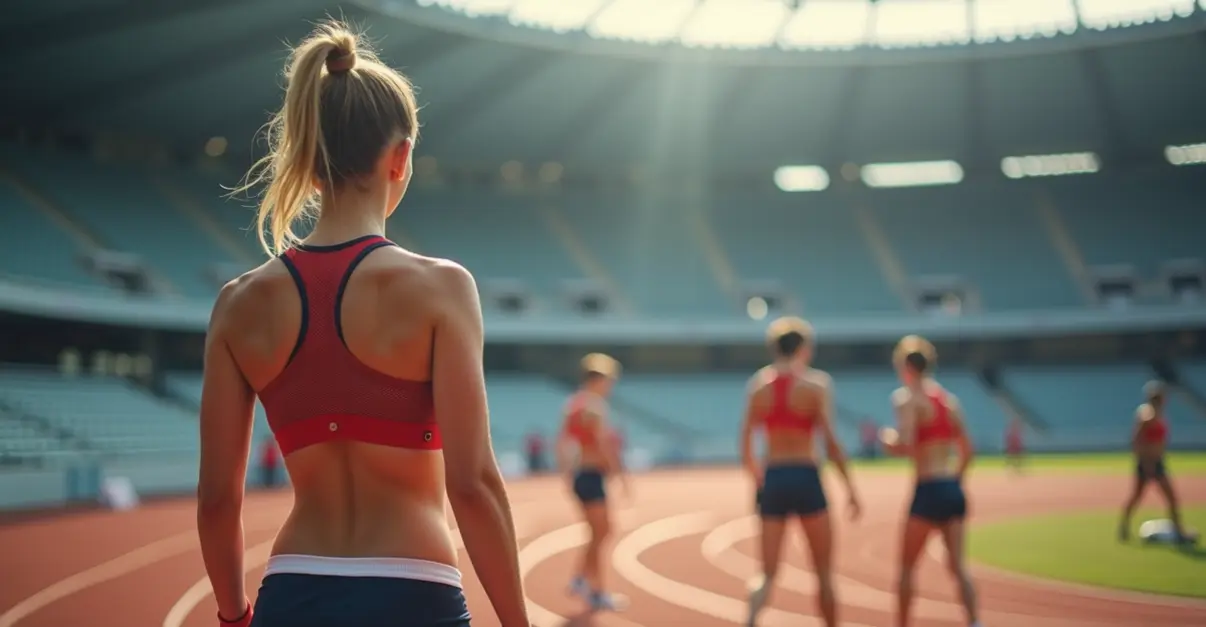Major sports federations implement comprehensive heat safety revisions for 2025, including event scheduling changes, enhanced hydration protocols, and mandatory welfare measures to protect athletes from extreme temperatures.

Major Sports Federation Revises Safety and Heat Rules
In response to increasing global temperatures and growing concerns about athlete welfare, major sports federations worldwide are implementing comprehensive revisions to their heat safety protocols for the 2025 season. These changes represent the most significant update to athlete protection measures in decades, focusing on event scheduling, hydration protocols, and enhanced welfare measures.
New Heat Safety Framework
The International Olympic Committee (IOC) has led the charge with its consensus statement on protecting athletes in hot conditions. 'We're seeing unprecedented heat challenges across all sports,' says Dr. Michael Bergeron, a leading sports medicine expert who contributed to the IOC guidelines. 'These new protocols aren't just recommendations—they're essential for athlete survival in extreme conditions.'
The revised framework emphasizes four key areas: environmental monitoring using Wet Bulb Globe Temperature (WBGT) measurements, mandatory cooling facilities, hydration management systems, and emergency medical protocols for heat-related illnesses.
Event Scheduling Changes
One of the most significant changes involves event scheduling. Major competitions are being moved to cooler hours, with morning and evening sessions becoming standard practice. The World Athletics Championships in Tokyo have implemented this approach, scheduling high-intensity events during optimal temperature windows.
'We can't ignore the reality of climate change,' explains Sebastian Coe, President of World Athletics. 'Our responsibility is to protect athletes while maintaining competitive integrity. This means adapting our schedules to environmental realities.'
Enhanced Hydration Protocols
The new guidelines mandate comprehensive hydration strategies that go beyond simple water access. According to the CFISD Heat and Hydration Guidelines, athletes must have access to electrolyte-replacement drinks, scheduled hydration breaks every 15-20 minutes during intense activity, and individual hydration monitoring.
Dr. Rebecca Stearns, Chief Operating Officer of the Korey Stringer Institute, notes: 'Proper hydration isn't just about drinking water—it's about maintaining electrolyte balance and preventing both dehydration and overhydration. These new protocols address the full spectrum of hydration needs.'
Athlete Welfare Measures
The revised rules include mandatory heat acclimatization periods, with the NCISAA Fall Sport Heat Acclimatization Policy requiring 14-day gradual exposure periods for athletes. Cooling stations with ice baths, misting systems, and shaded recovery areas are now required at all outdoor events.
'We're seeing a cultural shift in sports safety,' says Sarah Johnson, a sports physiologist working with multiple federations. 'Athlete welfare is no longer secondary to competition outcomes. These measures represent a fundamental change in how we prioritize human health in sports.'
Implementation Challenges
While the new rules are widely supported, implementation presents challenges. Smaller organizations face financial barriers in acquiring WBGT monitoring equipment and establishing cooling facilities. There are also concerns about consistency across different sports and geographic regions.
The NFHS Sports Medicine Guidelines provide a framework for schools and smaller organizations to implement these safety measures gradually, recognizing that full compliance may take multiple seasons.
Looking Forward
As climate change continues to impact global temperatures, sports federations acknowledge that these rules will likely require ongoing updates. Research into sport-specific thermal indices and advanced cooling technologies is already underway, with the goal of developing even more effective protection measures for future seasons.
'This is just the beginning,' concludes Dr. Bergeron. 'We're learning more every day about how to protect athletes in extreme conditions. The 2025 rules represent our current best practices, but we expect continuous improvement as our understanding evolves.'

 Nederlands
Nederlands
 English
English
 Deutsch
Deutsch
 Français
Français
 Español
Español
 Português
Português









